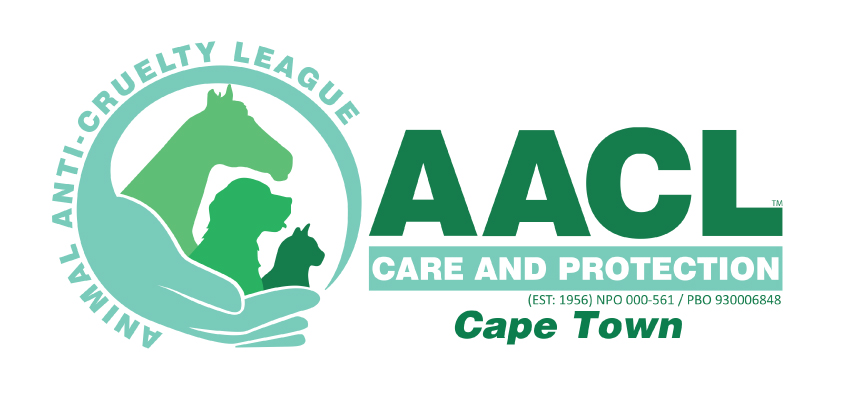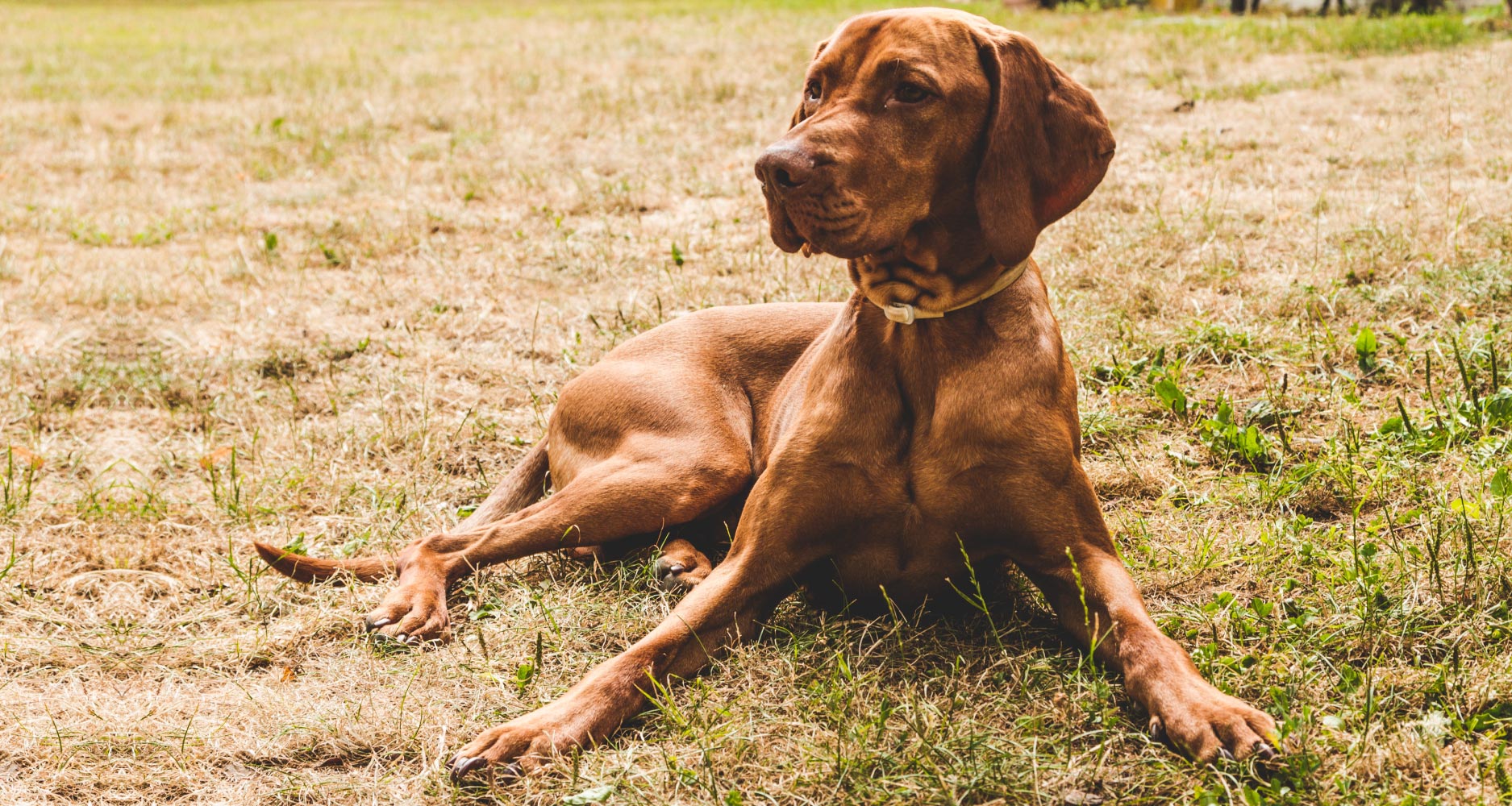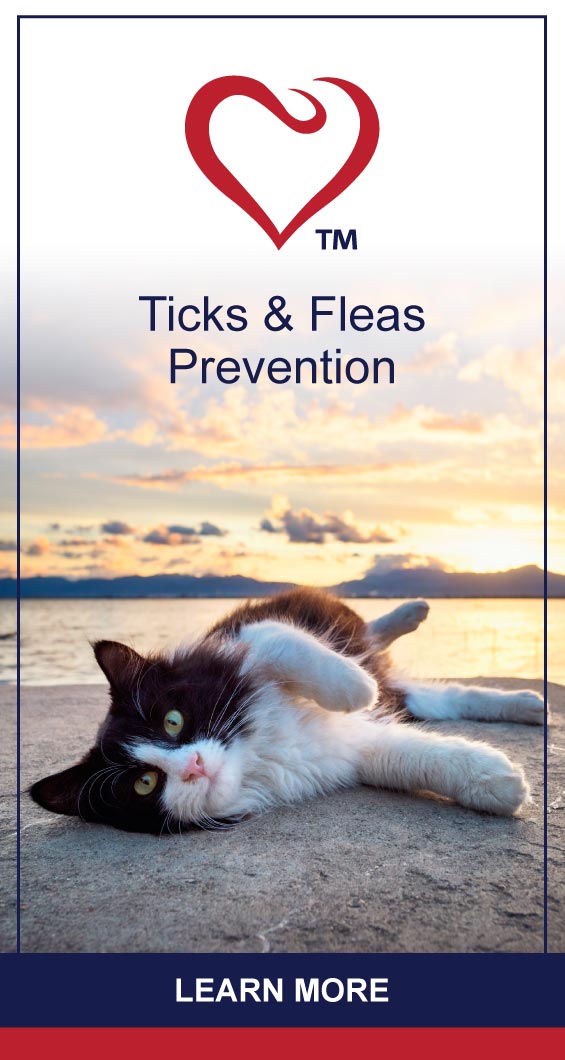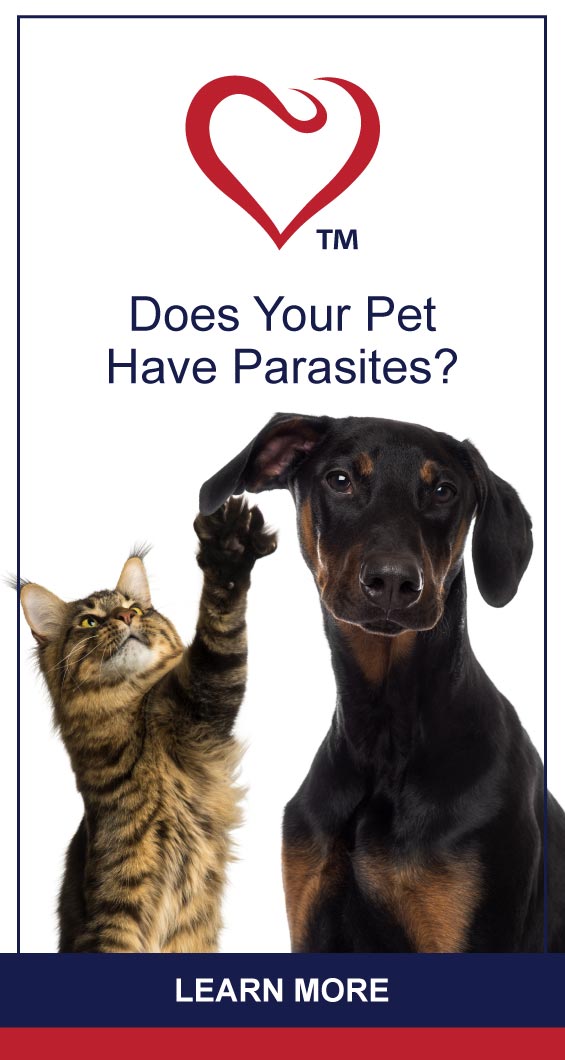HEALTH & WELLNESS

TRENDING

We’re excited and honoured to feature South Africa’s second largest independent animal welfare organisation on PetlifeSA.
DOES YOUR DOG HAVE A HEALTHY COAT & SKIN?

The state of your dog’s skin and coat can give you a good idea of his or her general health.
In terms of skin, supple and clear skin is healthy, while greasy, flaky and bumpy skin is worrisome. When it comes to the coat, a smooth and shiny coat is ideal, but a coarse, brittle coat usually needs attention.
Internally, it helps if you dog is healthy and well-nourished, since this contributes to the coat’s texture and lustre. The outside, however, requires skin care and regular grooming to ensure the coat is clean and tangle-free, whatever the coat’s characteristics are.
DIFFERENT DOG HAIR TYPES
Different hair types, with their different characteristics, need different care.
Some dogs’ hair grows continuously so they require trimming and washing; others shed which requires frequent brushing; some (e.g. huskies) even have an outer coat and an undercoat, the latter of which falls out in clumps during shedding seasons.
Hair types include:
- Wavy Coat
- Smooth Coat
- Medium Coat
- Wire Hair/Broken Coat
- Long-Coat (Long Parted Coat, Long-Coated Small Dogs, Long-Coated Large Dogs)
HOW CAN NUTRITION CONTRIBUTE TO THE APPEARANCE OF A DOG’S SKIN AND HAIR?
Skin is the body’s largest organ with cells experiencing a rapid turnover. Basically most, if not all, of your dog’s skin is covered with hair whether it continues to grow or simply sheds.
A balanced diet (which is essential for the skin and hair to stay healthy) and the right amount of calories (to satisfy energy needs) should include the right digestible proteins, carbohydrates, fats, minerals and vitamins.
Each pet’s diet will differ based on its size, life stage and sometimes even breed, but quality and balance remain key when it comes to nutrition for all dogs. A dull, dry coat that sheds excessively is often a sign of an inadequate diet.
HOW DOES A DOG’S HEALTH AFFECT SKIN AND HAIR APPEARANCE?
The visible state of your dog’s coat can be affected by short-term and/or long-term stress and illness. Typically the lustre and texture can change and more shedding (usually excessive) can occur.
Diseases/conditions include:
- Cancer
- Arthritis
- Hormone imbalances or other metabolic problems
- Obesity can cause dandruff or matting (dog unable to groom itself properly)
- Allergic skin disease and seborrhea (itching and changes in the normal skin oil production)
- Digestive disturbances such as chronic diarrhoea, internal parasites (intestinal worms) and external (fleas, ticks, mange mites)
If your dog has stiff joints, starts limping or shows signs of lameness, he or she might be suffering from osteoarthritis (OA), also known as degenerative joint disease.
THE ROLE OF REGULAR GROOMING IN SKIN AND HAIR APPEARANCE
Regular grooming – brushing and washing – is essential.
Benefits include:
- Distribution of natural skin oils
- Removal of tangles and clumps
- Removal of loose hairs and dead skin cells
- Removal of dirt, debris and external parasites
Early detection of bumps, lumps and/or sensitive areas to check out
Make sure you are brushing your breed as often as required, based on its hair type. This will help to reduce irritation (objects stuck in coat) and shedding (in and around the house).
HOW REGULARLY SHOULD I BATHE MY DOG?
Some dogs only require occasional bathing, but when you notice a dirty coat and that ‘doggy’ odour it could be time for a wash.
Age, lifestyle, hair type, health and allergies will all influence a dog’s bathing and grooming schedule. Healthy, non-shedding breeds can go up to eight weeks but will then require thorough washing and proper grooming. Those with a heavy undercoat should generally wait until spring or autumn to get cleaned up during seasonal shedding.
Only use shampoo formulated for dogs. Hypoallergenic shampoo, without perfumes, is ideal. A conditioning product can also be applied. Any troubling observations should be discussed with your veterinarian. Also, if washing does not alleviate irritation or improve and enhance the health, texture and lustre of your dog’s skin and coat, there may be an underlying problem that your veterinarian should know about. Early treatment can make a big difference.
Related Articles









